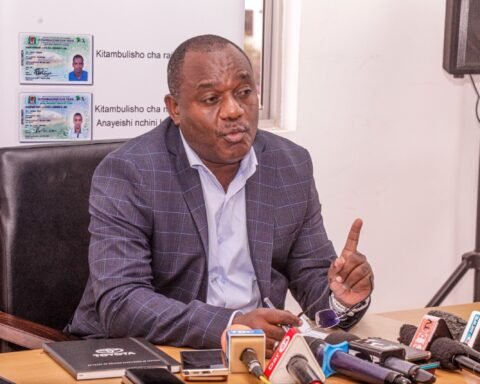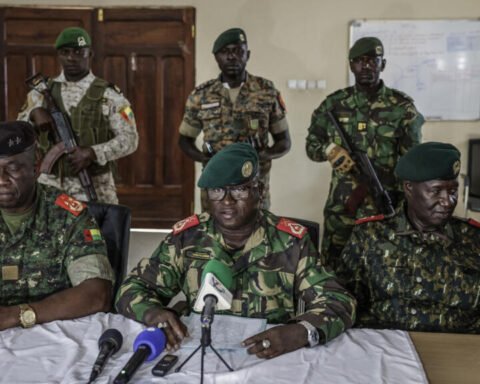U.S. President Donald Trump announced that the United States will impose a 25% tariff on imports from India, beginning this coming Friday.
The announcement, made via Trump’s social platform, Truth Social, is reportedly in response to India’s continued purchase of oil from Russia, despite international sanctions imposed after Russia’s invasion of Ukraine.
“India cannot benefit from access to the American market while backing regimes that defy global norms,” Trump wrote, reaffirming his call for fairer trade terms.
India Defends Energy Strategy Amid Geopolitical Pressure
India, a major buyer of Russian crude oil, defended its stance, stating that energy security is central to its national interest. The Government of India stressed that it will remain committed to protecting its strategic autonomy while engaging constructively with international partners.
India’s oil imports from Russia have increased significantly since 2022, allowing the country to secure discounted fuel amid rising global energy prices—a move seen by Western allies as undermining sanctions on Russia.
Trade Ties at a Crossroads
The decision marks a critical point in the economic relationship between the world’s two largest democracies. India–United States trade was valued at over $191 billion in 2023, and the U.S. remains India’s largest trading partner.
Key Indian exports that could be hit by the tariff include:
The imposition of tariffs could also have implications on pending bilateral agreements and strategic partnerships under discussion between the two nations.
Global Ripples in a Multipolar World
India’s increasing alignment with BRICS — a bloc that includes Brazil, Russia, China, and South Africa — complicates its ties with Washington. While India remains a Quad partner alongside the U.S., Japan, and Australia, its balancing act between East and West reflects a growing trend of multipolar diplomacy.
Also Read; African and Caribbean Leaders Seek Stronger Trade Partnership
Trump’s move, which echoes his earlier trade war with China, has reignited concerns about rising protectionism and its ripple effects on global supply chains.
Diplomatic Channels Still Open
Despite tensions, both sides have expressed willingness to engage diplomatically. The Indian Ministry of External Affairs noted that talks are ongoing, and a mutual resolution remains possible.
Observers suggest that the coming days will be crucial as both nations attempt to find a path forward without escalating trade hostilities or weakening their broader strategic alignment.







